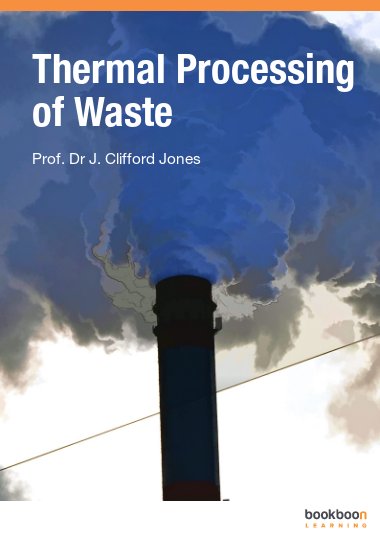Thermal Processing of Waste is a comprehensive overview of burning municipal solid waste
Thermal Processing of Waste is an ebook to download free of charge.
Most nations struggle with waste management and disposal of waste. Most nations also need to ensure a steady supply of electricity for residents and industry. Thermal processing of waste materials using incineration and pyrolysis, for example, can solve both problems: it provides energy from waste.
While we may typically think of waste as something to be gotten rid of, much of the waste we call municipal solid waste (msw) has great value as fuel. The author includes examples of incinerators in Detroit, Singapore, and Japan, and others, describes how they work, and delves into the effects of incineration and the introduction of carbon into the atmosphere.
Other fuel sources include wood waste, farm waste such as rice husks, refinery sludge, plastic, and scrap tyres. In addition to incineration, techniques such as pyrolysis and gasification also consume municipal solid waste and generate electricity. Even radioactive waste can be processed thermally.
This ebook, Thermal Processing of Waste, is part of a series written by author J.C. Jones.

